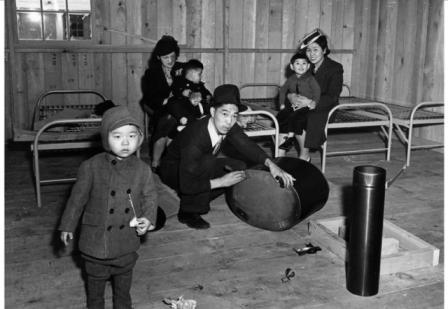 The Puyallup Fair, 35 miles south of Seattle ranks as one of the 10 largest fairs in the world. When I was growing up, every September my mom, dad, brother, sister, and I drove the 20 minutes from our house to the fairgrounds to spend the day. We kids looked forward to cotton candy and bumper car rides. Mom and Dad held our hands as we ooh-ed and ah-ed over 200-pound pumpkins. There were magic shows, animals to pet, cows to milk, and the World Famous Earthquake Burger.
The Puyallup Fair, 35 miles south of Seattle ranks as one of the 10 largest fairs in the world. When I was growing up, every September my mom, dad, brother, sister, and I drove the 20 minutes from our house to the fairgrounds to spend the day. We kids looked forward to cotton candy and bumper car rides. Mom and Dad held our hands as we ooh-ed and ah-ed over 200-pound pumpkins. There were magic shows, animals to pet, cows to milk, and the World Famous Earthquake Burger.
Up until several years ago, local school districts released children early on the second or third Wednesday of the school year with free tickets to attend the Puyallup Fair. Even today districts distribute free admission tickets to schoolchildren. For people who grow up in this area, the fair is a tradition.
I’m sure I was not more than 2 years old the first time I attended the fair. Still, it was another 10 years before I learned some of the fairgrounds’ history. In middle school, I was close friends with a girl whose father was Japanese American. In 1988, she told me that her grandmother would receive several thousand dollars from the government as part of an apology for incarcerating her and her family at the Puyallup fairgrounds during World War II.
The individual roles include:
- Joe Hanada, an 11 years old and live in Auburn, Washington in the early 1940s whose parents are Japanese
- Grandmother Hanada, a Japanese-born Issei, who has no love for the government—neither the Japanese nor the U.S. government
- Michi Hanada, the mother of Joe, 11, and Mike, 16, who was born in Japan but came to the United States 20 years ago with her husband
- Mike Hanada, a No-No Boy, for refusing to fight on behalf of the United States or forswear allegiance to Japan
- Mae, a friend of Joe Hanada’s in Auburn, Washington
- Tomio Hanada, a very active man in the Japanese American community in Auburn, Washington during the early 1940s
- Ray O’Brien, an Irish American and who’s best friend is Joe Hanada, a Japanese American boy in his class
- Mr. Spooner, owns a farm near Auburn, Washington, and is friendly with the Hanada family
- Mr. O’Brien, an immigrant to the United States from Ireland who knows the Hanada family
- Mr. Langley, who lives on the same street with the Hanada family and believes the Japanese are disloyal
- Mrs. O’Brien, the mother of Ray O’Brien, Joe Hanada’s best friend
- Harold Langley, who goes to school with Joe Hanada and Ray O’Brien
- Sergeant Sandy, a guard at the Tule Lake Relocation Camp in Northern California
- Mrs. Lynden, a sixth grade teacher in Auburn, Washington, who is concerned about the safety of her students
- FBI agent, who job is to find suspected traitors and remove them from their homes before they can contact their superiors in Japan
- David Omatsu, an American-born a No-No Boy, for refusing to fight on behalf of the United States or forswear allegiance to Japan
- Mr. Moffitt, a teacher at the Tule Lake Relocation Camp in Northern California
- Mrs. Terada, an elderly Japanese American woman who was taken to the Tule Lake Relocation Camp
- Phillip Yatsuda, an 11-year-old Japanese American boy who has been taken to the Tule Lake Relocation Camp
- Mr. Yatsuda, a hardworking Japanese American who was taken to the Tule Lake Relocation Camp
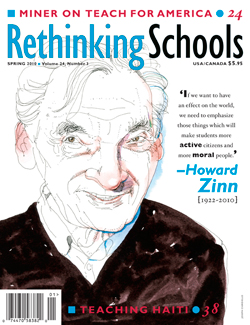 This lesson was published by Rethinking Schools in a special edition of Rethinking Schools magazine, honoring Howard Zinn’s legacy after his death that year (Spring 2010; Vol. 24, #3). For more articles and lessons like “Learning About the Unfairgrounds: A 4th-Grade Teacher Introduces Her Students to Executive Order 9066,” order Rethinking Schools magazine. See Table of Contents.
This lesson was published by Rethinking Schools in a special edition of Rethinking Schools magazine, honoring Howard Zinn’s legacy after his death that year (Spring 2010; Vol. 24, #3). For more articles and lessons like “Learning About the Unfairgrounds: A 4th-Grade Teacher Introduces Her Students to Executive Order 9066,” order Rethinking Schools magazine. See Table of Contents.


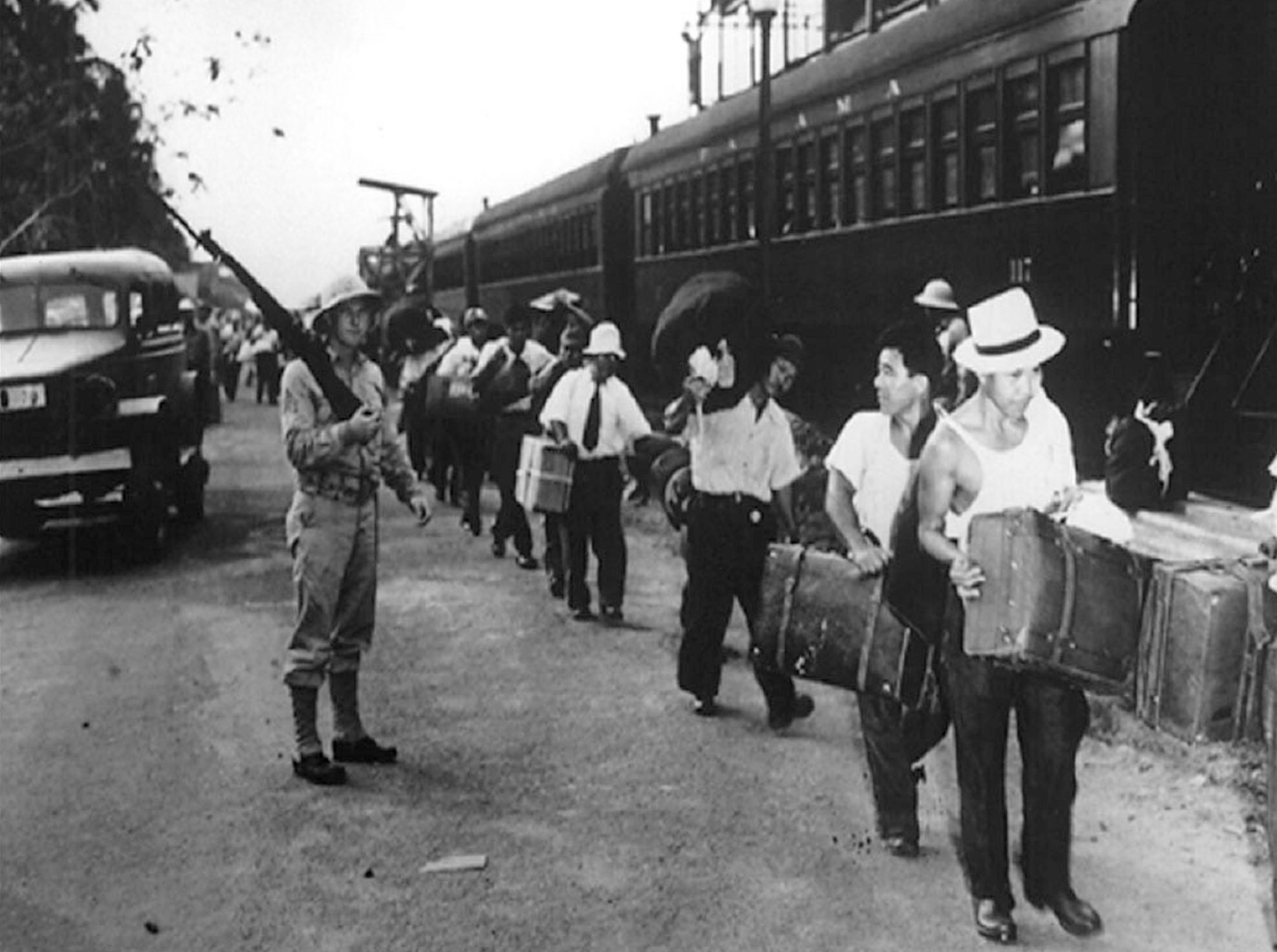
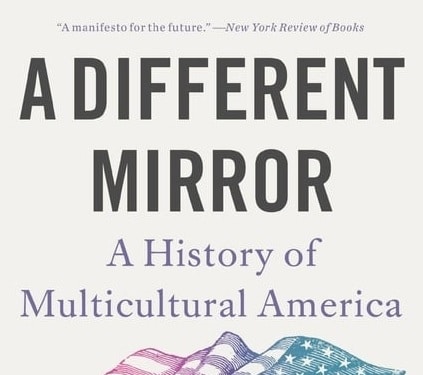

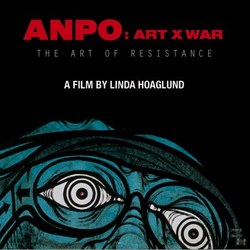
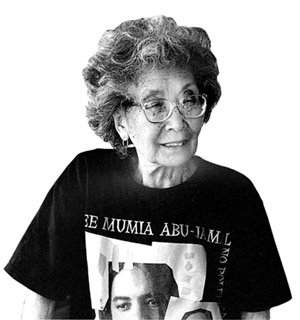
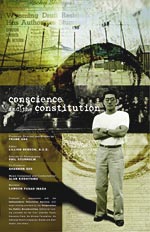
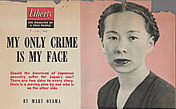
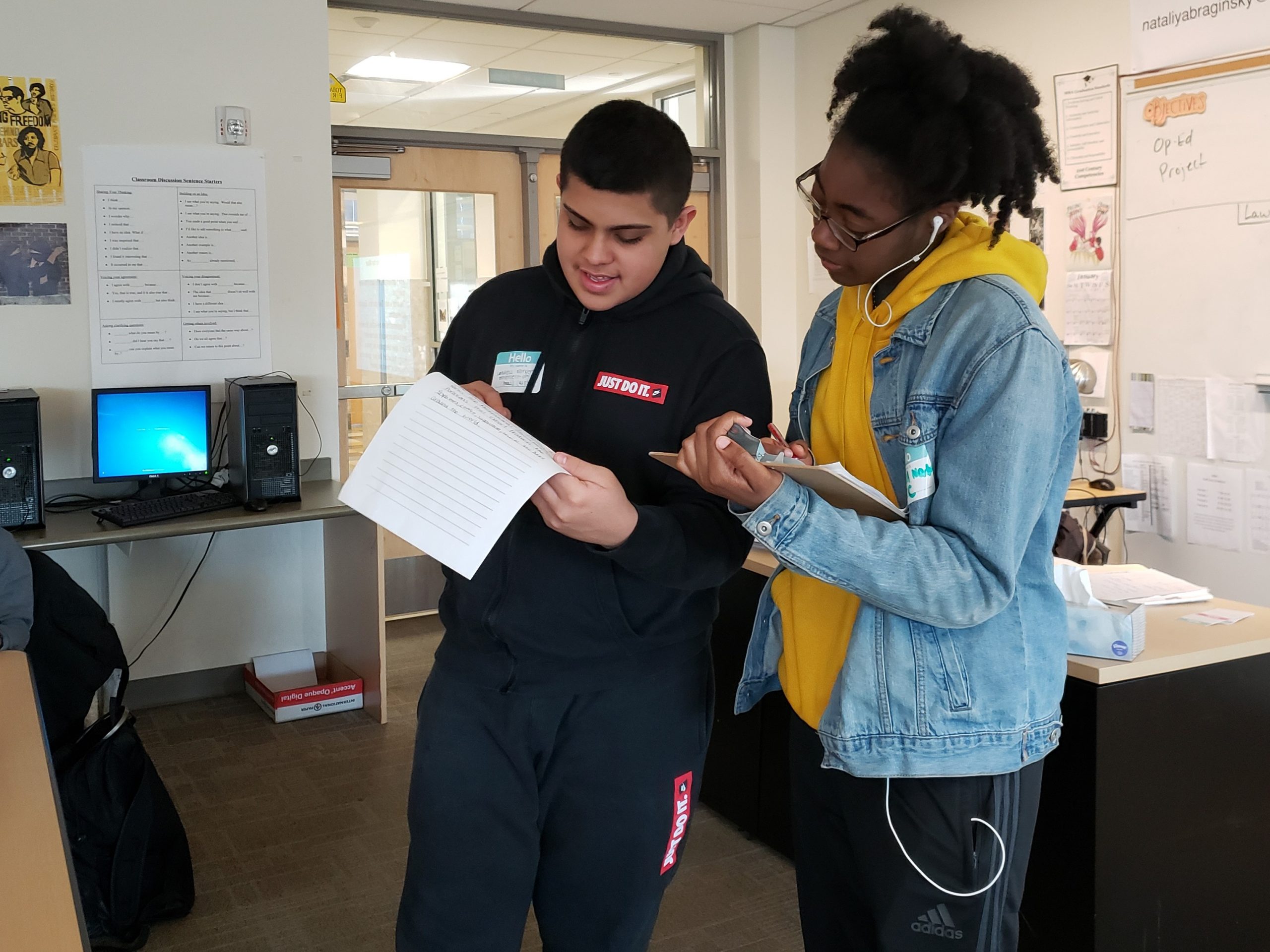






I learned about this internment from a friend’s father who lost his job for writing an editorial AGAINST this. Profiles in Courage for Clayton Hohnstein.
I shared this lesson with a group of Chicago public School teachers and there was a most enthusiastic response.